GOLF HOLIDAYS IN MALLORCA
Our guide to Majorcan golfbreaks.
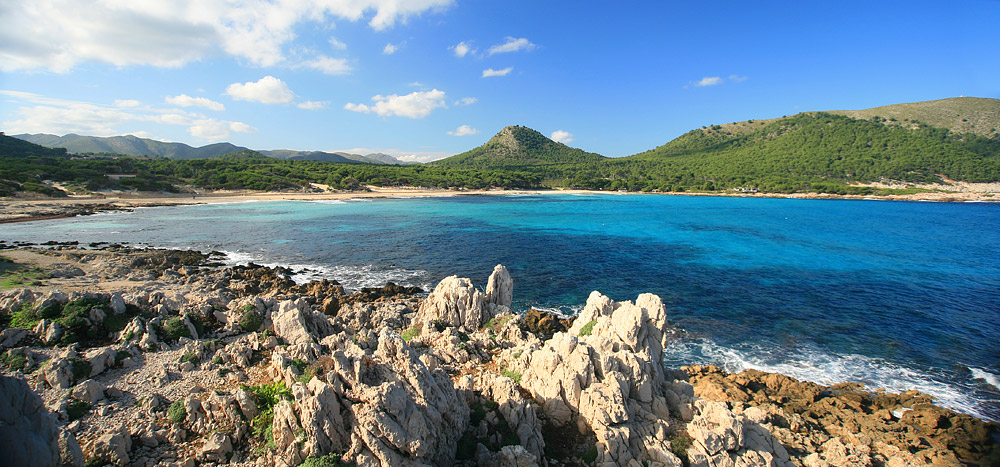
Golf Holidays in Mallorca
The island of Mallorca is in many ways an island of contrasts. A tiny sector of the Mallorca around Palma (and the frightening Magaluff) is (in)famous for its all-night partying. However this tiny ribald enclave is totally unrepresentative of this peaceful, predominantly agricultural, island bobbing in the Mediterranean sea not far off the coast of Spain.
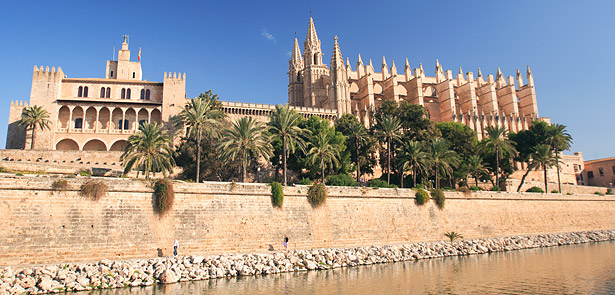
Once away from the city the interior is given over to farming and viticulture and the coastline with its beautiful azur sea, has been developed carefully to provide classy hotels and apartments overlooking sandy bays and Mediterranean waters. Amongst this delightful landscape there are also thirteen golf courses to play, so realistically, Mallorca is more golf-land than disco-land!
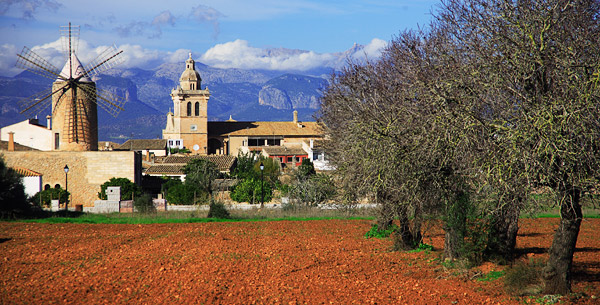
The island has a mountainous spine running along its northern extremity, which gently recedes into rolling hills as you head south. From one side to the other is about an hour-an-a-half by car, so it is possible to stay in one spot and play all the courses you wish; although they do divide quite naturally into two areas: West and East. Use the link at the top of the page to refer to our Mallorcan golf map.
When to go
The best months to travel to Mallorca are really anytime outside of the peak holiday season of July and August (if you can). In the height of the Summer it does get quite crowded and very hot - too hot for most golfers, although the courses are usually fairly quiet at this time of year.
The Winter months of November to February can be quite wet and cool, so for the best golf we would recommend March, April, May and early June or September, October and even early November.
Mallorcan Golf Courses
Golf in Mallorca is spread across the island, with the exception being the mountainous north. There are two main concentrations: on the West of the island centred around Palmaand the airport, the other is the other side of the island over to the East around Capdepera. Although Mallorca is not that far from one side to the other, it is most likely that you will play the golf courses close to where you are staying or vice versa stay on the side of Mallorca near your chosen Golf Clubs.
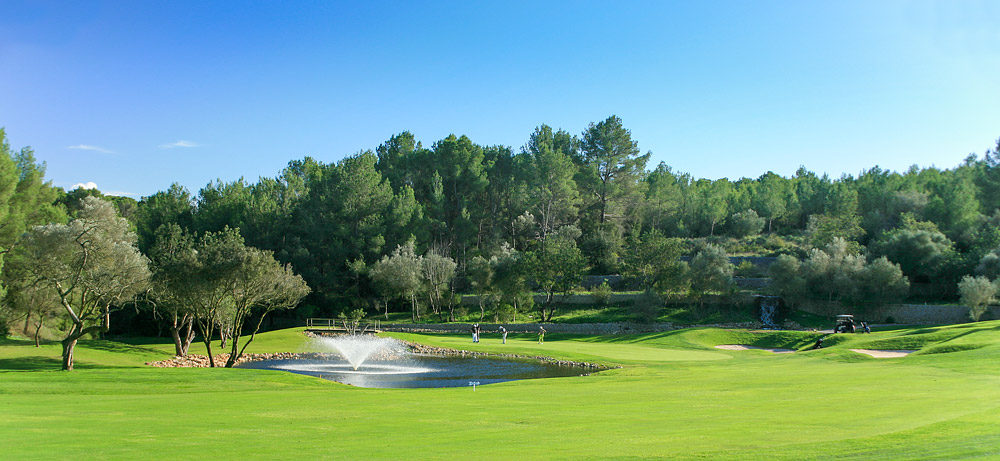
Around Palma the cream of the crop, golfwise, are two of the many 'Son' courses: Son Muntaner and Son Gual, both of which are outstanding, following very closely behind these two are Son Vida and Puntiró. In the next division would be Poniente - a relaxed, more rustic set-up and the, rather hilly, course at Son Termens.
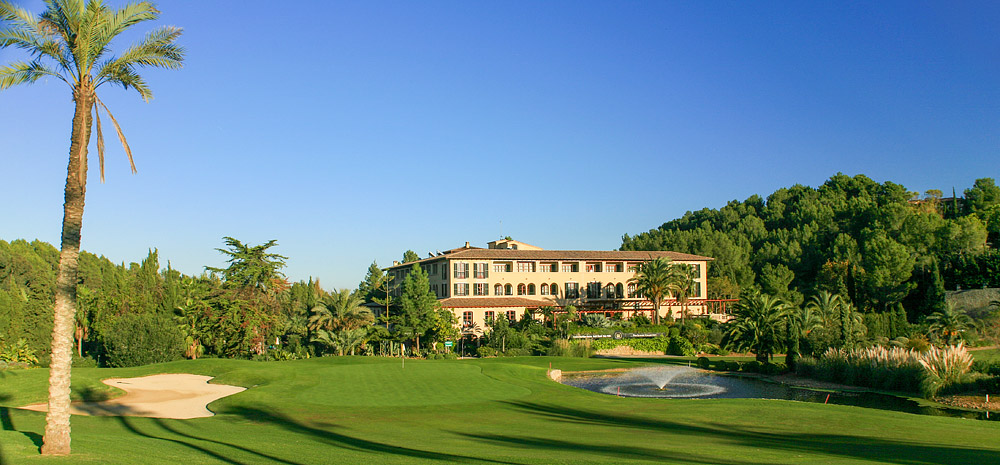
Over on the quieter eastern side of Mallorca the quantity of Golf Clubs maybe less but the quality is every bit as good as West Mallorca - if not better! The leading lights are: Capdepera - an entertaining blend of lowland and highland golf; Pula - a recent host of the Spanish Open and Alcañada - a Trent Jones designed course tucked around the bay on a beautiful stretch of coastline.
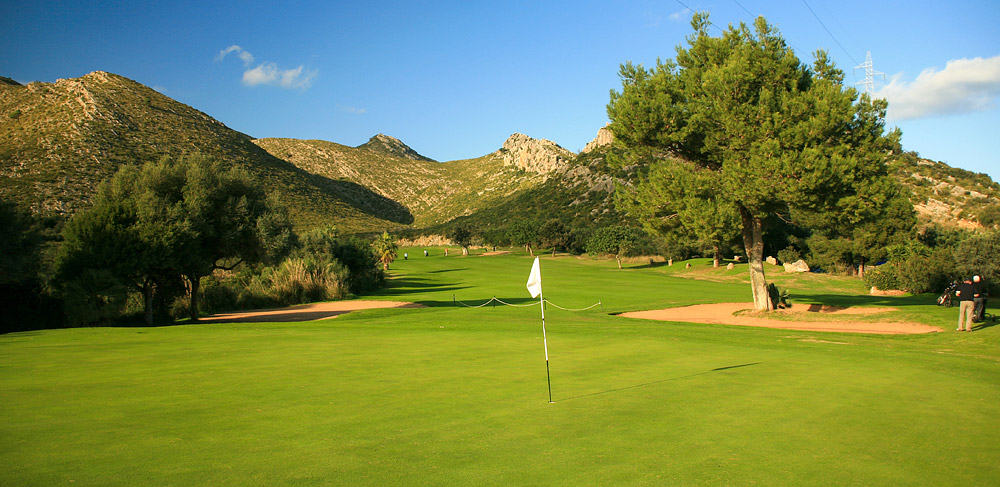
If resort-based golfbreaks are your thing then head for Son Antem where there are two good courses around the hotel just southeast of the airport or the luxurious Sheraton hotel on the Son Vida/Son Muntaner/Son Quint reserve.
Mallorca - where to stay
Impressively for a small island, Mallorca is capable of offering pretty much every sort of golf holiday imaginable: around Palma you can party every night, the east coast is perfect for a beach-and-golf holiday, head north for mountain strolls, head south for quiet golf or tuck yourself away in the middle of the island for getting-away-from-it-all golfbreaks. Accommodation can be in town, on the beach, at a golf resort or in the heart of the countryside: something for everyone!
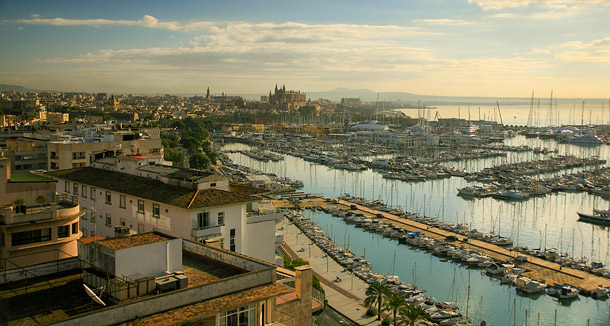
For most golfers however, there will be a straightforward choice between the bright lights of Palma on the west coast or the more serene Cala Ratjada on the east coast.
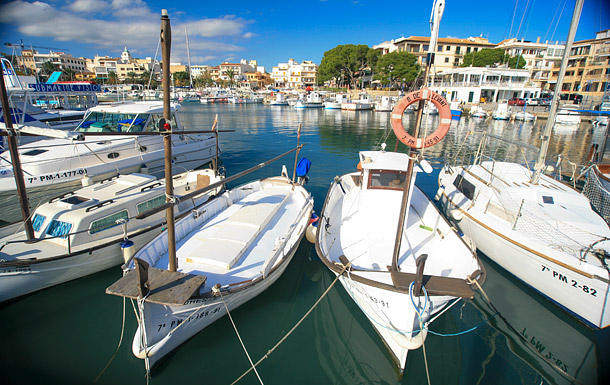
Mallorca - what to see, do, eat and drink
Traditional Mallorcan cuisine is solid country fare featuring plenty of pork, garlic and vegetables. Fish and seafood abound and are delicious too, as the freshness and variety are hard to beat. Unsurprisingly, mainstream Spanish dishes have also found their way to the island, Paella, Sea Bass (Spigola) a la plancha (or baked in salt) with a few local twists. You will also come across many tapas bars, particularly in Palma. Keep an eye out for two local specialities: Sobresada which is a soft spicy sausage often served with bread as an appetiser (the best is made form the indigenous black pigs). Another local favourite is Sopa Mallorquina a rich, hearty dish of bacon and cabbage layered with thinly sliced bread - delicious and very filling! And don't ignore the local wines - very palatable.
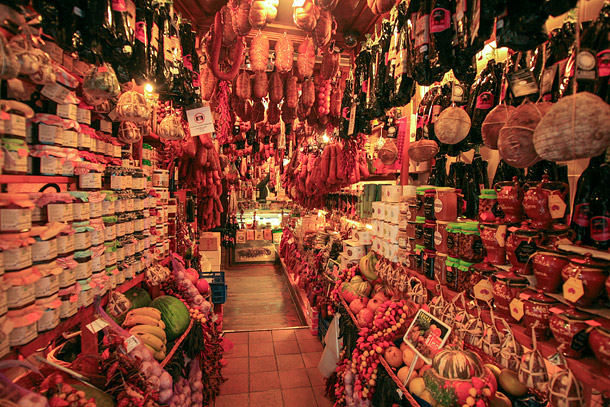
Mallorca - getting there
The mass tourism market is not without its benefits, as it has brought flights from just about everywhere to Palma! With so many flight options (and the fact that these days it is permissible to book one-way flights) it is quite easy to arrive in time to play a round and likewise depart on the same day as your final round (Son Gual and Puntiró are both very close to the airport and have good showers!).
Mallorca - a brief history
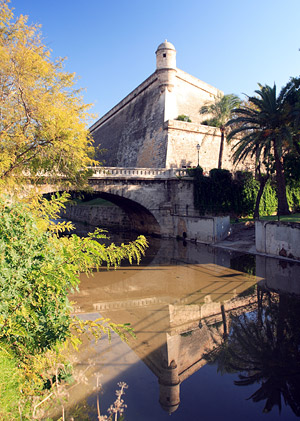
Mallorca's earliest remains date from around 1,500BC near Llucmajor in the South and Ses Paisses near Arta. The island was frequented by Greek and Phoenicians traders plying their wares across the Med. The Romans discovered the island around 125BC and promptly took over (as they were wont to do) adding their famed infrastructure, Christianity and making Pollentia its capital. Peace reigned until the Vandals overran the island in 425AD.
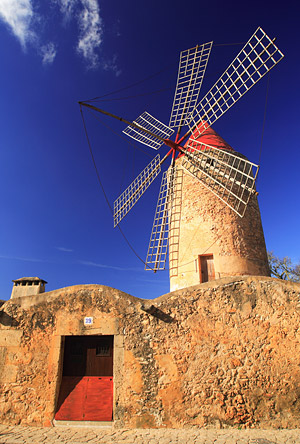
There was then a period of general instability, Byzantine influence and even some independent years. Until in 903 the Moors arrived from North Africa and took control, adding their Muslim customs into the mix. The Emirate of Cordoba was to defeat the Moors early in the 11th Century, then Jaume 1 of Catalunya took a fancy to the island and invaded in 1229 - it was during his and his son's rule (Jaume II) that Catalan took over as the national language, Bellver Castle and the Cathedral in Palma were built. There was then a long period of relative calm and prosperity under various Spanish rulers until the 16th Century which saw uprisings against the nobility amidst scenes of plague and commercial downturn, culminating in civil wars.
Fortunes improved during the 19th Century as shipping trade with the West Indies was established, railways built and marshy areas were pumped dry for agriculture. Following the Spanish Civil War 1936-1939 there was a period of repression under Franco's not so benign dictatorship, up until his death in 1975.
The increase in tourism from the 1950's onwards helped stir anti-Franco feelings and eventually in 1983 the islands became an autonomous democratic community.














